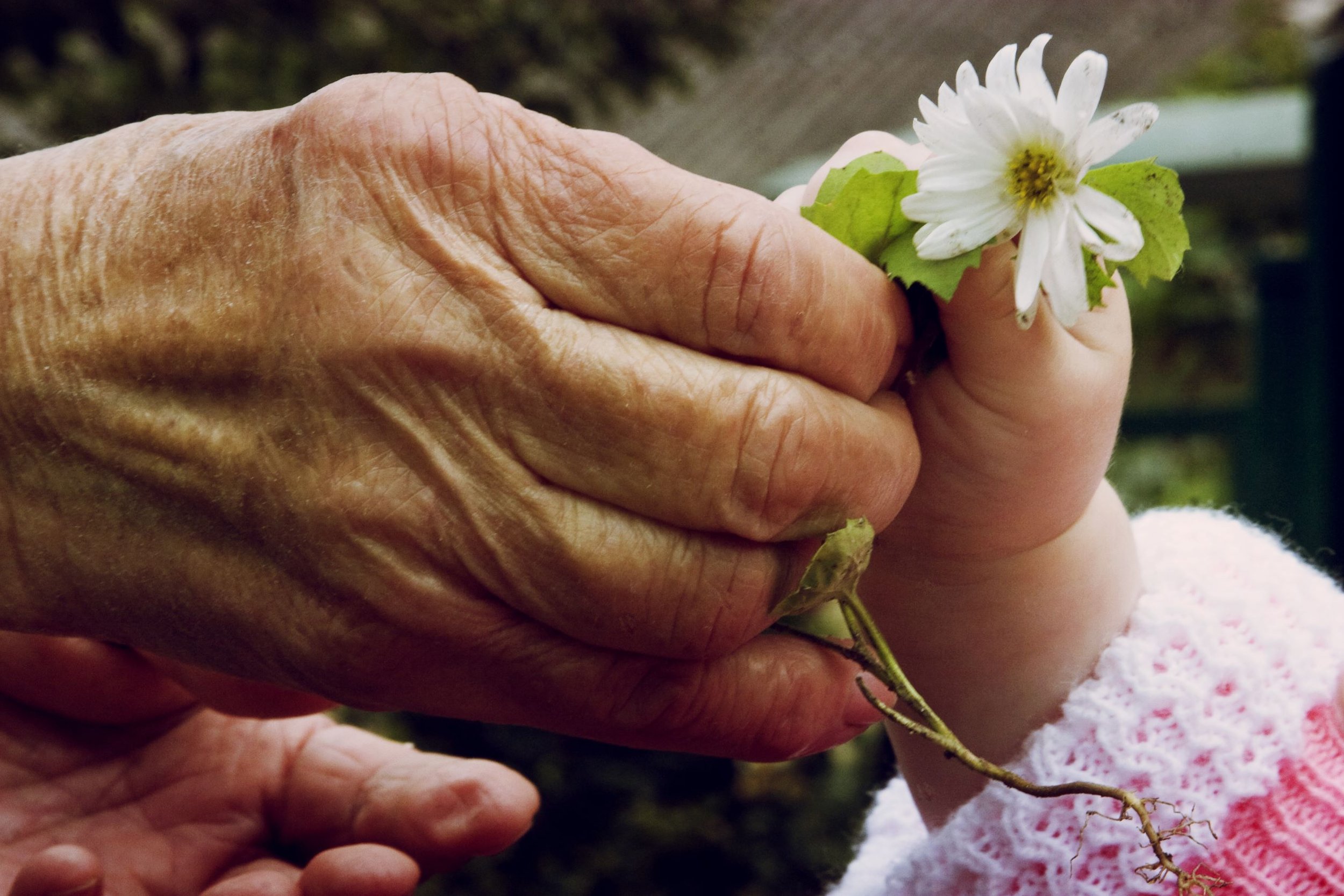Kind Actions
Decades of research indicate that acts of kindness provide substantial benefits to our wellbeing. But how much kindness is needed? Findings suggest that when we engage in structured acts of kindness over one week, we experience increased wellbeing (Lyubomirsky and Layous, 2013). Also, when people participate in planning and engaging in various activities vs. repeating the same kind of act, they have been shown to increase participants' wellbeing (Sheldon et al., 2012). While it is difficult to determine how many acts of kindness are needed to see substantial benefits, several studies show that at least five acts of kindness are necessary over the week (Lyubomirsky & Layous, 2013).
Want more tips to live better? Check out Saundra’s latest book here.
Recalling Kindness
One of the most powerful ways to improve wellbeing is performing acts of kindness for others (Nelson et al., 2016). For example, spending money on others has been shown to improve people's wellbeing more than spending money on yourself (Dunn et al., 2008).
Some research suggests that kindness "acts" may be optional. In multiple studies, they found that simply recalling acts of kindness improved participants' wellbeing (Aknin et al., 2012; Otake et al., 2006). A recent study found that people who seek to improve their wellbeing efficiently may be just as successful by remembering kind acts that they have performed in the past vs. actually doing more such acts in the future (Ko et al., 2021). Of course, this does not suggest that we should stop being kind to each other. However, savoring past acts of kindness can enhance our quality of life.
The following is an example of how a "recalling" kindness practice might work.
Take a moment to reflect upon the past few months. Identify an instance where you did something to contribute to the wellbeing or success of someone close to you. This person can be a family member/relative, close friend, roommate, close classmate, or close colleague/co-worker.
Next, take a moment to reflect specifically on what kind of act or acts you performed. Then consider how it affected the person's life and your own life.
Now, switch and consider a situation where you did something kind for a stranger. This person can be anyone you do not know—e.g., a grocery clerk, a student on campus, or a member of your gym.
Describe in specific terms the kind of act or acts you performed and how it affected the stranger’s life and your own life.
Finally, consider how you felt in the situation where you did an act of kindness for a stranger as compared to someone you know.
One of the differences you may note between the two situations is that when we can see the reaction of your act of kindness, it has a different impact. For example, when we can see the response to our acts of kindness, research shows that we experience higher levels of happiness and improved overall mood, leading to more acts of kindness (Shillington et al., 2021). In other words, we are more likely to participate in acts of kindness when we can see the recipient's reaction. And now is the perfect time. What can you do today to see someone’s face light up?
References
Aknin, L. B., Barrington-Leigh, C. P., Dunn, E. W., Helliwell, J. F., Burns, J., Biswas-Diener, R., . . . Norton, M. I. (2013). Prosocial spending and well-being: Cross-cultural evidence for a psychological universal. Journal of Personality and Social Psychology, 104(4), 635–652.
Dunn, E. W., Aknin, L. B., & Norton, M. I. (2008). Spending money on others promotes happiness. Science, 319, 1687–1688.
Ko, K., Margolis, S., Revord, J., & Lyubomirsky, S. (2021). Comparing the effects of performing and recalling acts of kindness. The Journal of Positive Psychology, 16(1), 73-81.
Lyubomirsky, S. & Layous, K. (2013). How do simple positive activities increase well-being? Current Directions in Psychological Science, 22, 57-62.
Nelson, S. K., Layous, K., Cole, S. W., & Lyubomirsky, S. (2016). Do unto others or treat yourself? The effects of prosocial and self-focused behavior on psychological flourishing. Emotion, 16, 850–861.
Otake, K., Shimai, S., Tanaka-Matsumi, J., Otsui, K., & Fredrickson, B. L. (2006). Happy people become happier through kindness: A counting kindnesses intervention. Journal of Happiness Studies, 7, 361–375.
Sheldon, K. M., Boehm, J. K. & Lyubomirsky, S. (2012). Variety is the spice of happiness: the hedonic adaptation prevention (HAP) model. In I. Boniwell & S. David (Eds.), Oxford handbook of happiness (pp. 901-914). Oxford, England: Oxford University Press.
Shillington, K. J., Johnson, A. M., Mantler, T., & Irwin, J. D. (2021). Kindness as an intervention for student social interaction anxiety, affect, and mood: The KISS of kindness study. International Journal of Applied Positive Psychology, 6(1), 23-44.


